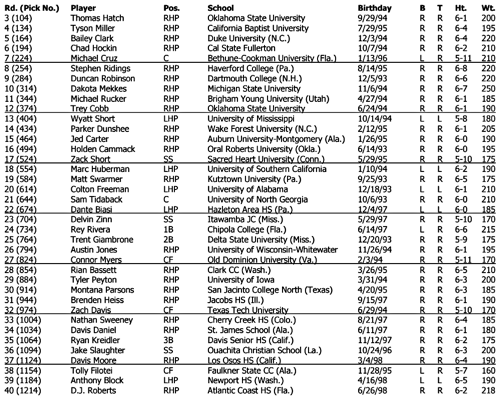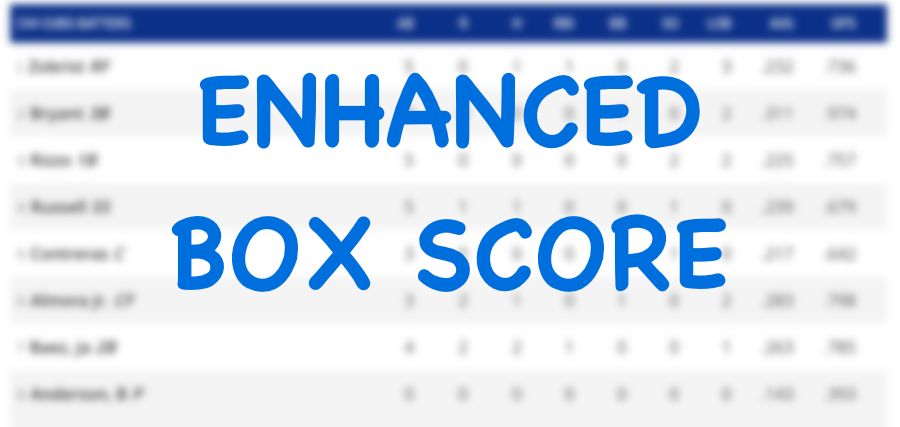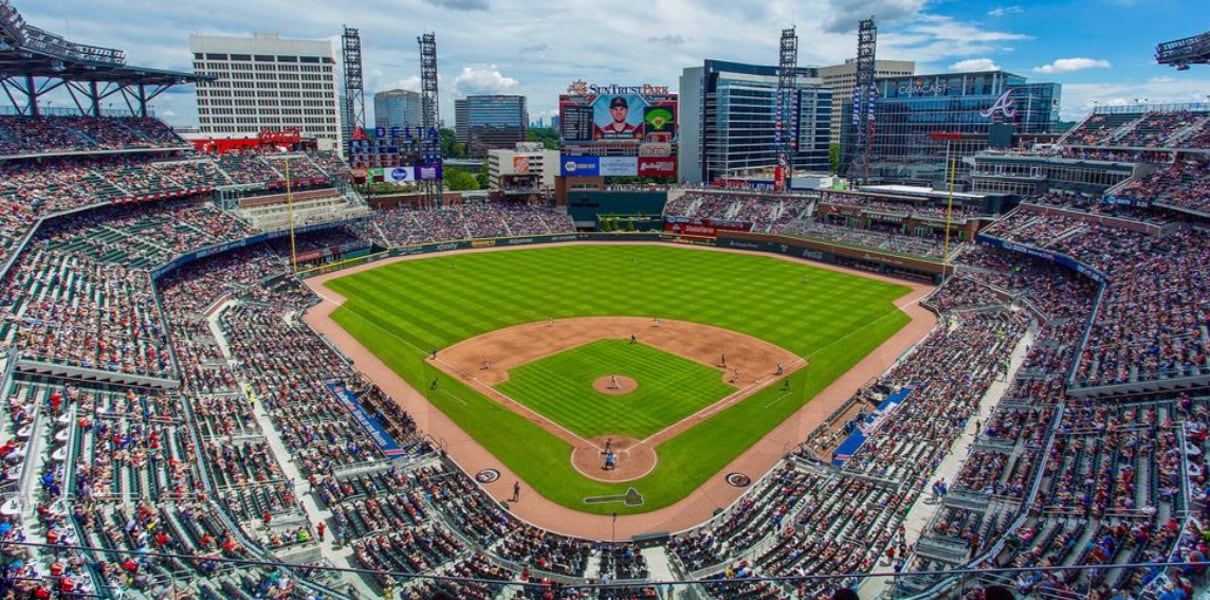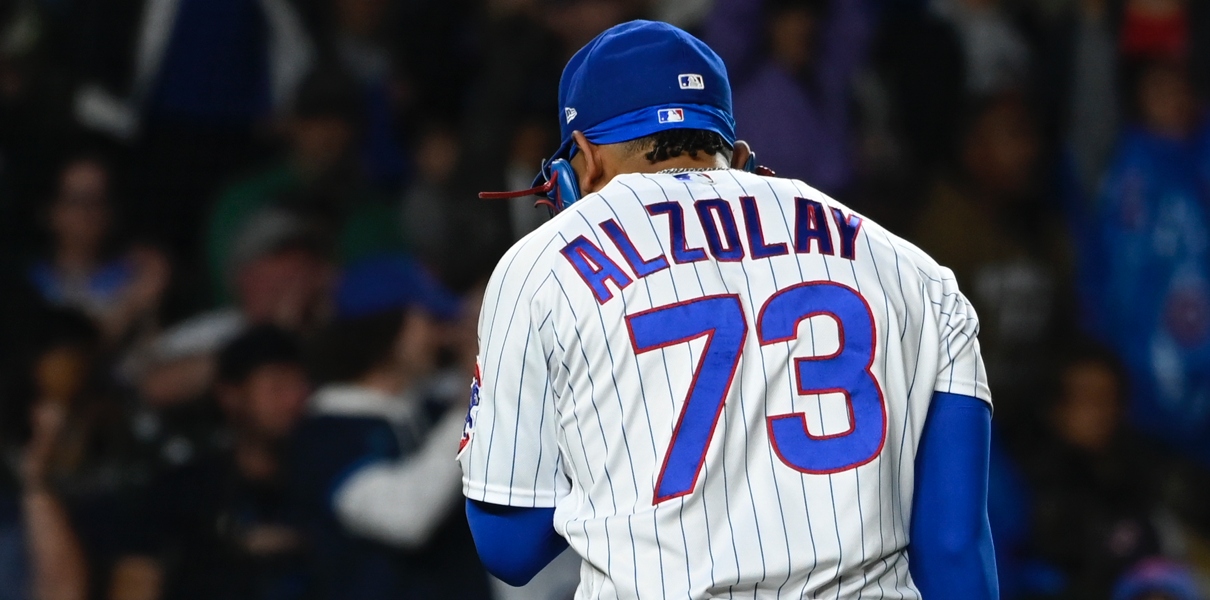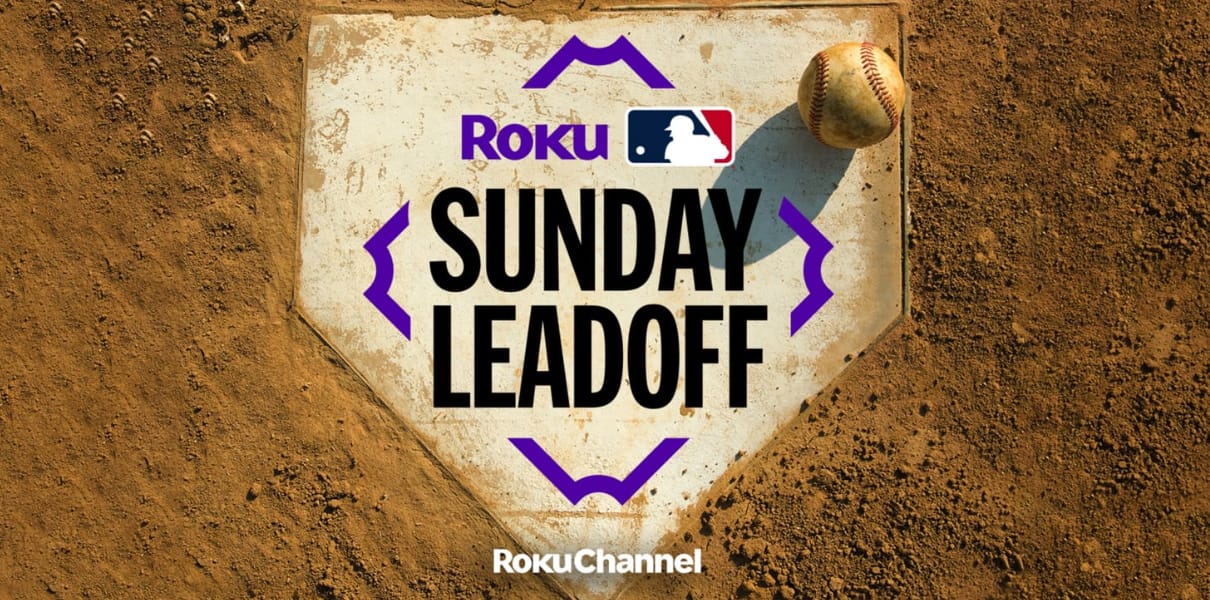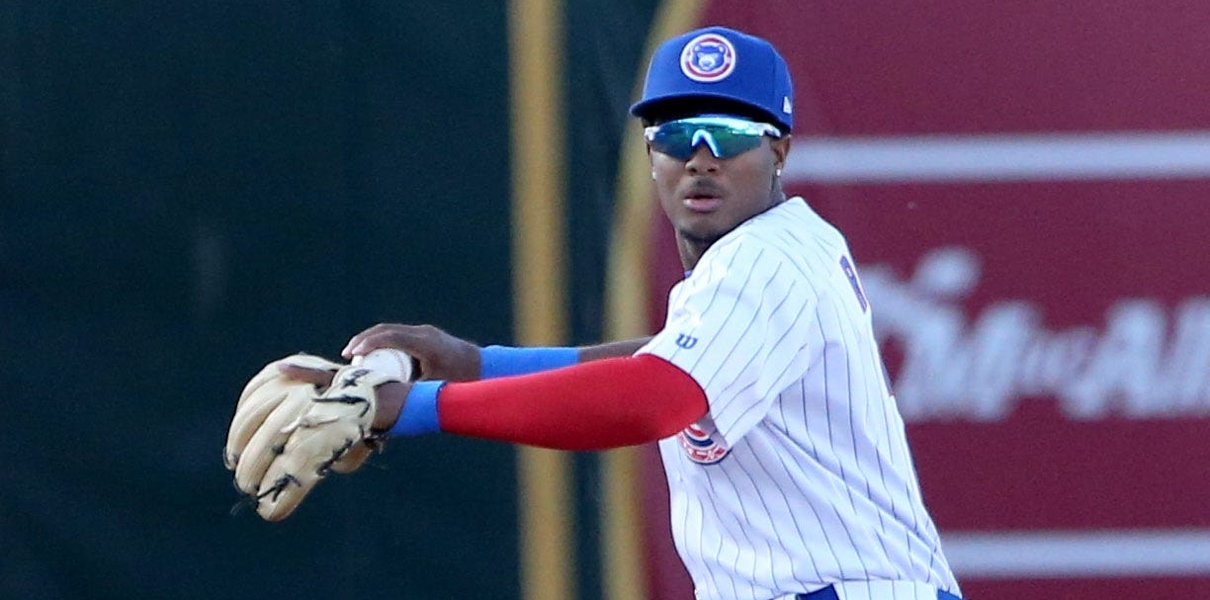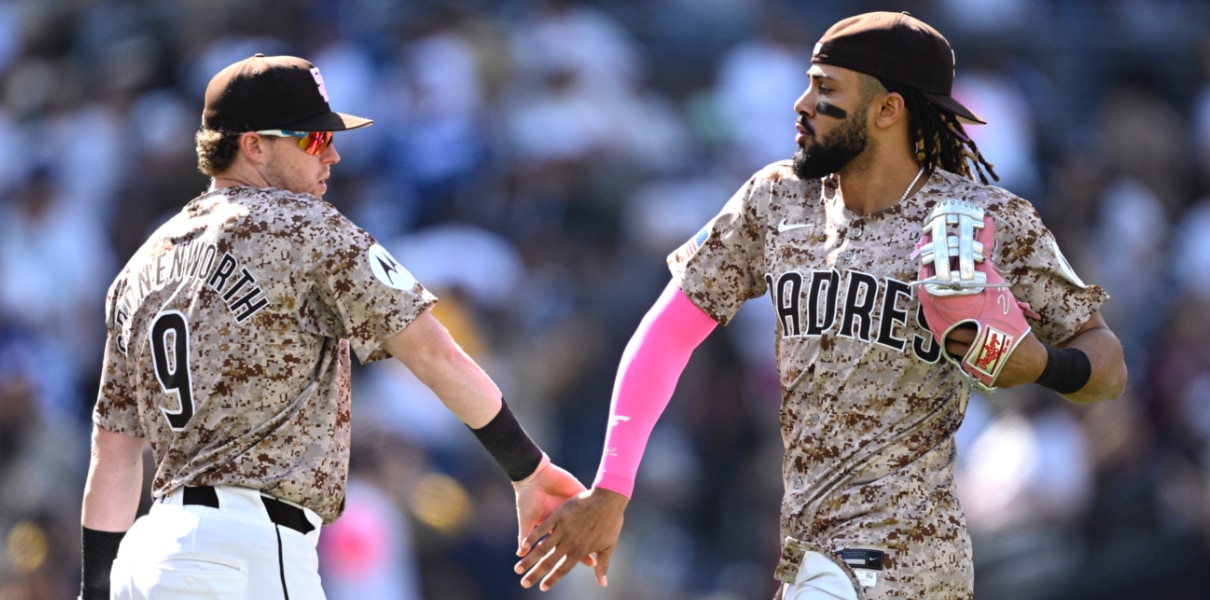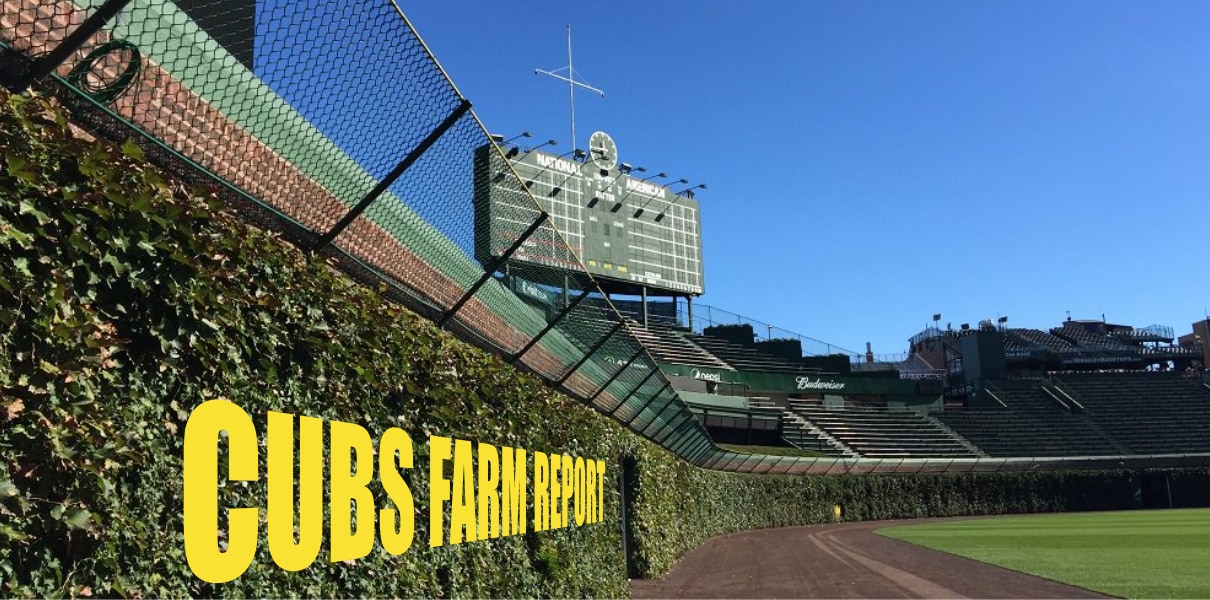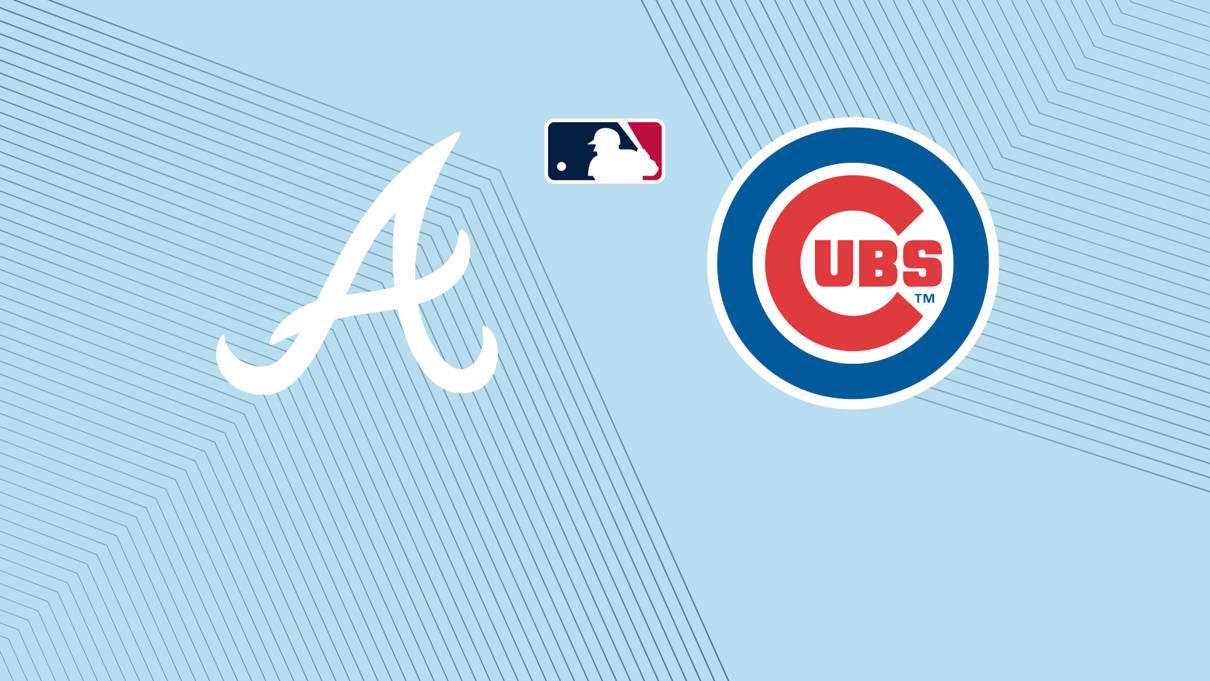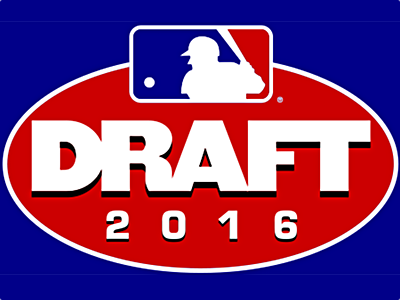
High School: 10
College: 28
Right-handed pitching: 22 (one player was listed as a RHP/OF)
Left handed pitching: 5
Infielders: 6
Outfielders: 4 (one player was listed as a RHP/OF)
Catchers: 2
[Brett: Just to hammer this home, every single one of the Cubs’ first 21 picks were college players. Of their first 16, just 2 – TWO! – were not right-handed college pitchers. This is crazy (like a fox?).]
Here is a list of all the Cubs’ draftees (complete with videos of a few of them), and you can also see it at the bottom of this post.
The Cubs’ last six picks were all from high school, as were eight of their last ten. In other words, they pretty much loaded up on all the college players they wanted, then filled out the draft by taking shots at high school players (likely knowing they’d be unable to sign most of them).
Similarly, half their non-pitching picks came in the final ten rounds. Early on, and even not so early, the focus was almost entirely on the pitching. Only after they had amassed a small army of arms did the Cubs begin picking up hitters.
It was truly a remarkable example of a team entering the draft with a particular plan in mind and sticking to that plan absolutely.
Now … was it a good plan? Time will tell. I can understand the thinking behind it, though. With a system that could use additional pitching prospects, and in a year in which their limited budget probably took them out of the running for tough signs and most elite talent anyway, there were some real advantages to concentrating on college pitching almost exclusively.
As a general rule, college players are more signable than high school players. High schoolers have more realistic options, including the option of going to college, when drafted, and those options give them leverage. If a team does not offer a high school player what the player and his adviser think is reasonable, the player can go to college or junior college and try the draft a year or three later.
With college players, the options are more limited. A college senior realistically has no options, and the Cubs took ten college seniors. Unless these players want to go to independent leagues and play for peanuts, they’ll almost certainly sign with the Cubs. College juniors have leverage in theory, but the reality is that so few college seniors receive large dollars under the current Collective Bargaining Agreement that juniors are really taking a gamble if they opt not to sign. Junior college players probably have the most leverage, but it generally seems to be the case that players who are drafted out of junior colleges went to junior colleges to qualify for the draft more quickly anyway. They want to turn pro, and as a result they are inclined to sign.
In short, the Cubs took 28 players who are pretty likely to sign. Of those 28, 20 are pitchers. It certainly seems likely that the Cubs have given their development system a massive influx of pitchers to work with. When they sign and report to Mesa, we’ll start to get an idea how good this draft class might be.
Draftees of Interest
There are interesting stories and nifty numbers all over this list, and I’m not going to highlight all of them here. We have months to cover that. For now, I’ll just comment on a few things that stand out to me.
First of all, tenth round pick Dakota Mekkes may be the steal of the draft. The numbers based prospect projection system known as KATOH (via Fangraphs) believes that Mekkes has a 78% chance to make the majors and has the highest total WAR forecast of any player in the draft. Why? He strikes out a ton, he gives up very few long balls, and he’s hard to get hits off of. He also walks too many hitters, but his ability to amass strikeouts makes that less of a problem. If the Cubs keep him in the bullpen (and I think they’ll keep him in the bullpen), he could be one of the first of this draft class to reach the majors. If we just look at the strikeouts, he’ll probably be able to rocket through the lower levels of the system in a hurry. I suspect, though, that the Cubs are going to slow him down to try to cut back on the walks. If that is the case, it probably just delays the start of his rapid rise.
Delvin Zinn was the Cubs 23rd round pick this year, and their 28th round pick last year. It sounds like this shortstop is better defensively than with the bat, but the Cubs appear to like him a fair bit to draft him out of high school (last year) and out of junior college (this year). I suspect he won’t turn the Cubs down a second time, but that remains to be seen.
One signing story to watch very closely is that of 40th round pick Deaundre Roberts. According to Baseball America (subscription), the Cubs drafted Roberts out of a Florida high school despite a shoulder injury; without that injury, he would likely have been drafted on the first day of the draft… or early on the second day at the latest. Instead, he is rehabbing. From the standpoint of his health it certainly makes sense to sign with the Cubs and let some of the best trainers and medical experts in all of baseball manage his rehabilitation, but from a financial standpoint he’d probably be better off trying to get healthy and get back into the draft (without shoulder issues) next year. On the other hand, he’s a pitcher with a shoulder injury, and that is always going to scare teams. That points back to signing. But the Cubs likely won’t be able to pay anything significantly over $100,000, and waiting a year could potentially land him a number well over that even despite the shoulder risk (assuming he can bounce back). That says wait. It is quite the puzzle, and I can’t really fault him whichever way he decides. But if he does sign, he could be a fairly significant addition to the farm system.
And finally, the Cubs first pick, third rounder Tom Hatch, was on the mound for Oklahoma State yesterday afternoon, and the results were very good.
Hatch was mostly pitching to contact today, kept the ball low in the zone, threw strikes, nice mix with slider and change. Lots of grounders
— Michael Lananna (@mlananna) June 11, 2016
Despite throwing seven scoreless today, Thomas Hatch said he didn't have his "A" stuff. Said heat might've had something to do with it.
— Michael Lananna (@mlananna) June 11, 2016
Seven scoreless innings, lots of ground balls, and that was without his best stuff. I’ll take it.
The full list of Cubs draftees:



